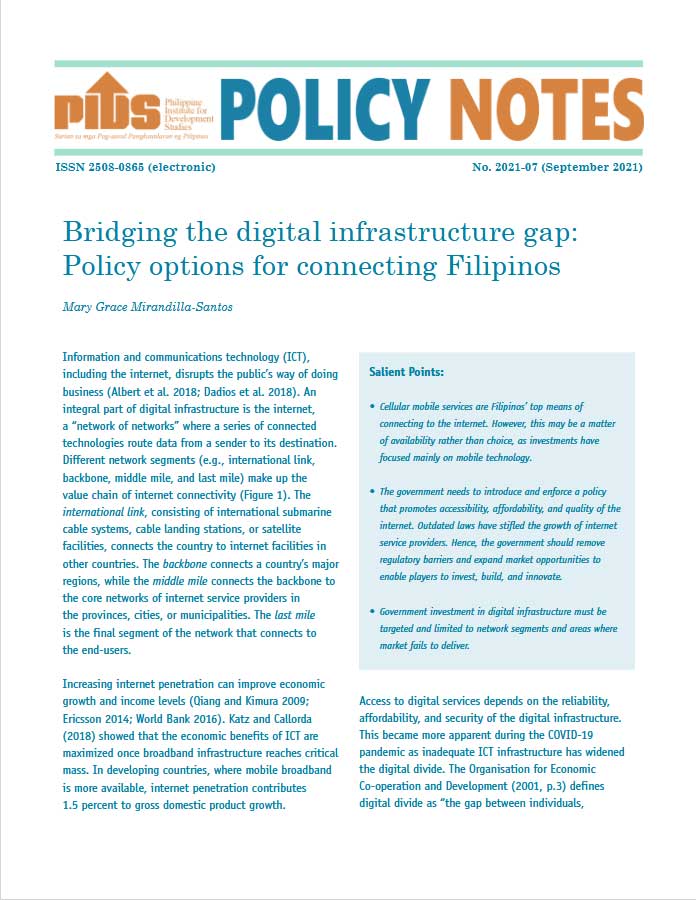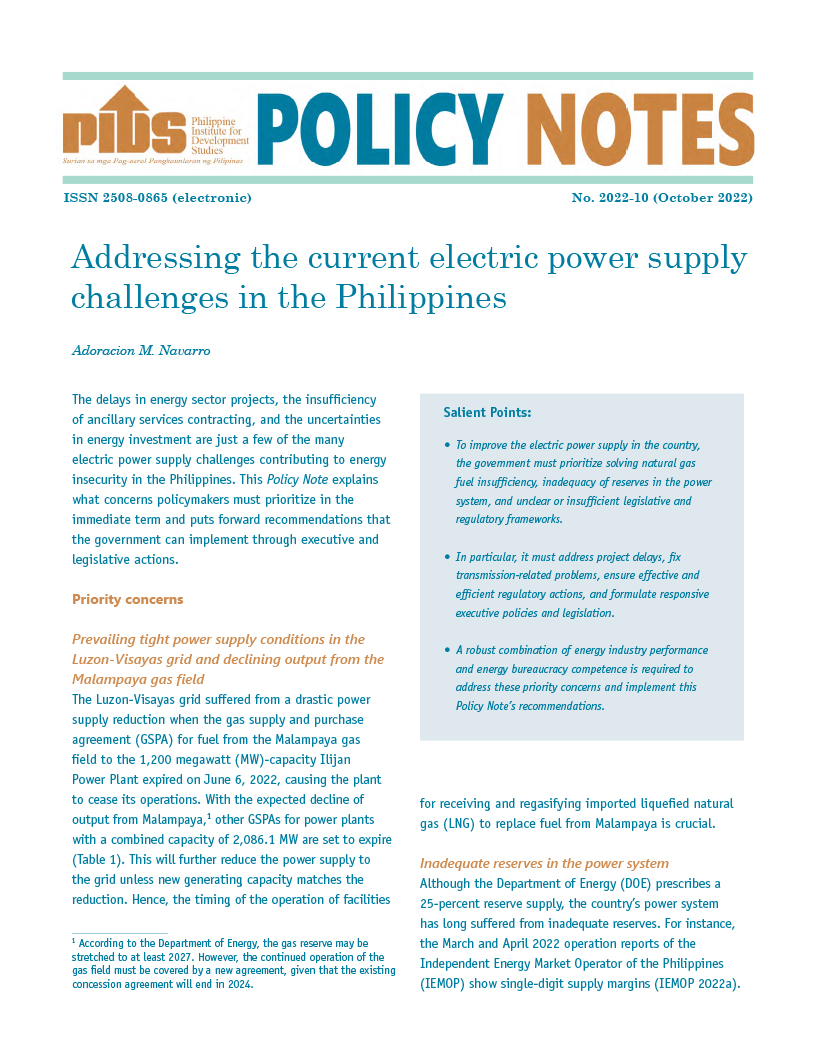The huge volume of buses in Metro Manila that has contributed to the worsening traffic in major thoroughfares like EDSA can still be fixed by expanding the bus market’s capacity and efficiency, according to a study published by state think tank Philippine Institute for Development Studies (PIDS).
In a discussion paper, PIDS President Gilberto Llanto and consultant Hope Gerochi said the best approach would be the “compete for the market” framework wherein bus operators will be consolidated into bus consortia, and only those that comply with the standards set by the government will be allowed to operate.
In addressing pressing traffic problems in the EDSA corridor and along other major thoroughfares in Metro Manila, reforming the bus market to provide high capacity and efficient bus services is a low-cost and immediate solution,” the authors said.
The study noted that bus consolidation is not new to Metro Manila. In 1974, the government established a public utility company to improve the quality of transportation in the metropolis. The Metro Manila Transit Corporation (MMTC) produced the “Love Bus”.
The goal then was for private bus operators to form a manageable number of bus consortia, “aimed at producing economies of scale in operations, which would enable them to borrow capital from commercial banks to procure new vehicles.
However, it said, due to a number of problems like inadequate fare structure, stiff competition with jeepneys, and the absence of operating guidelines in the implementation of the consortia, the MMTC was privatized, and the urban bus market was liberalized and took its present form.
The authors said that this liberalization has brought various problems for the capital’s current bus transport system, saying that “the expected efficient and quality service provided by freely competing franchised bus operators did not materialize.
Despite the problems encountered in the past, bus consolidation seems to have remained an attractive idea, according to the study.
The authors explained the current situation of Metro Manila’s bus market and provided a list of actions the government has undertaken. Citing a 2005 study by Sonny Domingo and others, the authors said they were “well intended but weak or inconsistent enforcement, the strong lobby from the bus operators or sectoral accommodations made them relatively ineffective.
To address this concern, there is a need to shift from the usual competition framework to a “competition for the market,” the study suggested.
In contrast to “in-market competition” wherein buses compete for passengers on the road (Metro Manila’s existing framework), “competition for the market” requires bus operators to compete ex-ante under a tendering mechanism espoused by government for the right to provide services in a particular bus route,” the authors explained.
This involves the filtering mechanism before bus companies could operate, which could encourage operators to think of ways to improve their service. This has worked in a number of countries like Colombia, United Kingdom, South Korea, Brazil, Chile, and Indonesia, according to the study.
To do this, the government needs to “design or define the optimal market structure—how many operators will be granted franchises to operate, the type and quality of the services to be provided, how these operators will be compensated,” the study said.
The on-going implementation of the Cebu Bus Rapid Transit (BRT) project by then Department of Transportation and Communication and the Cebu City government is a good move toward the “compete for the market” approach, the authors said.
The authors also suggested supporting the current legislative initiatives to amend the 81-year-old Public Service Act, to reflect the new developments in the country’s transportation system.












